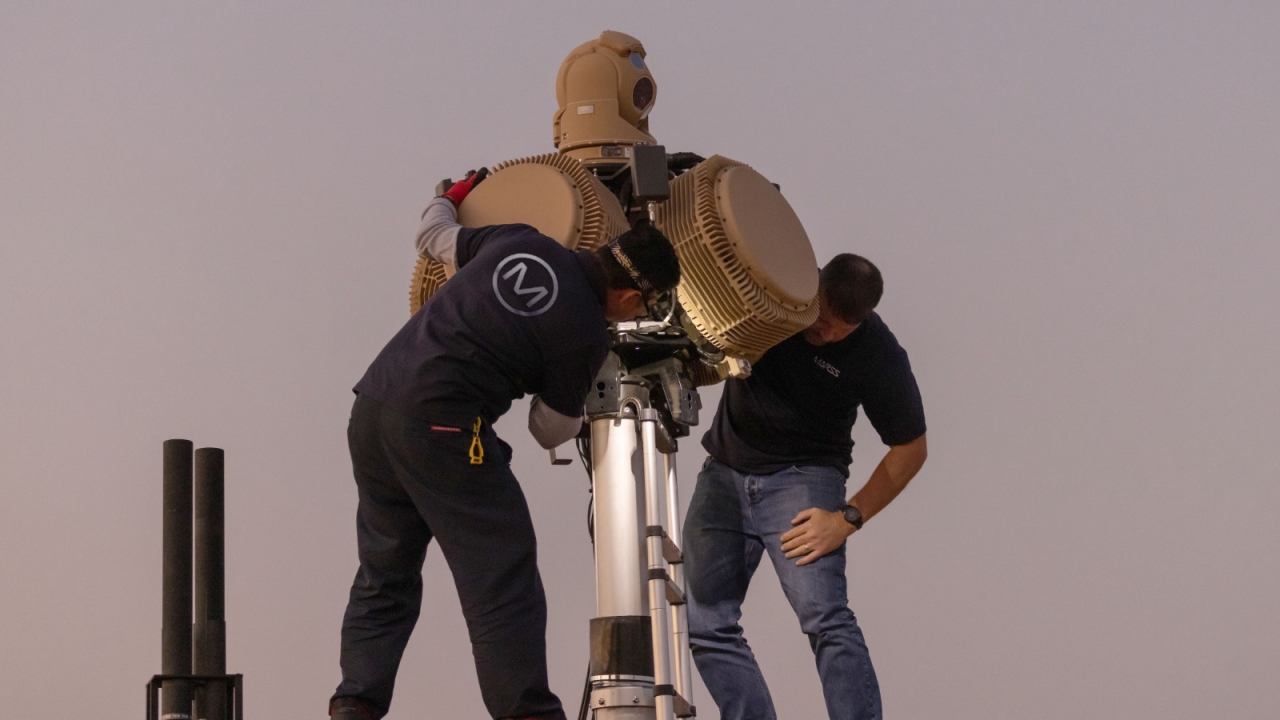Air Force stands ready to liquidate the locust threat

The Royal Moroccan Air Force is always on stand-by to deal with the problem, as it demonstrated during the recent Expo in Marrakech.
Agricultural developments have very different effects on the locust, with deforestation and overgrazing creating perfect conditions for their colonization, while conversion of grassland into arable crop areas has the opposite effect, since females prefer to lay their eggs into undisturbed soil.
But while these factors are usually ‘in balance’ it can take only small changes to allow locust breeding to explode and for swarms of these insects to rapidly threaten millions of people with starvation and ruin. Rainfall at the wrong time of year, in the wrong area, can have a disastrous effect, and the difficulties inherent in controlling the locust in areas of conflict (for example in the areas contested by the Polisario) can allow things to get out of hand very quickly.
These difficulties were starkly illustrated during 1988, when the Polisario fired SAM-7 surface-to-air missiles at two crop-spraying civilian DC-7s belonging to T&G Aviation, downing one (with the loss of its five-man crew) and damaging the other – mistaking the aircraft for Royal Moroccan Air Force C-130 Hercules.
But this places an even higher premium on the speed of reaction afforded by aerial spraying and the RMAF retains a robust anti-locust capability.
The air force showed an Agusta Bell 205 equipped with siomplex tanks in the cabin and outrigger spray bars in the static display at the recent Marrakech show, and flew a spray-equipped C-130H in the flying display – soaking the visiting USAF F-16 on at least one occasion. These and other aircraft stand ready to combat the menace posed by swarms of locusts.
Stay up to date
Subscribe to the free Times Aerospace newsletter and receive the latest content every week. We'll never share your email address.

